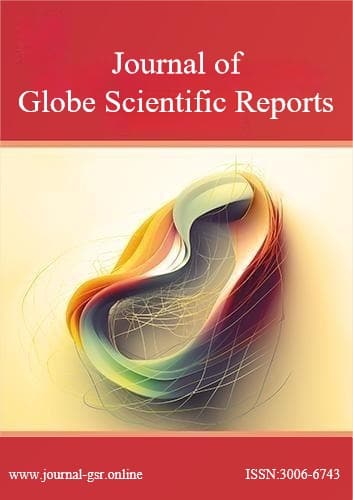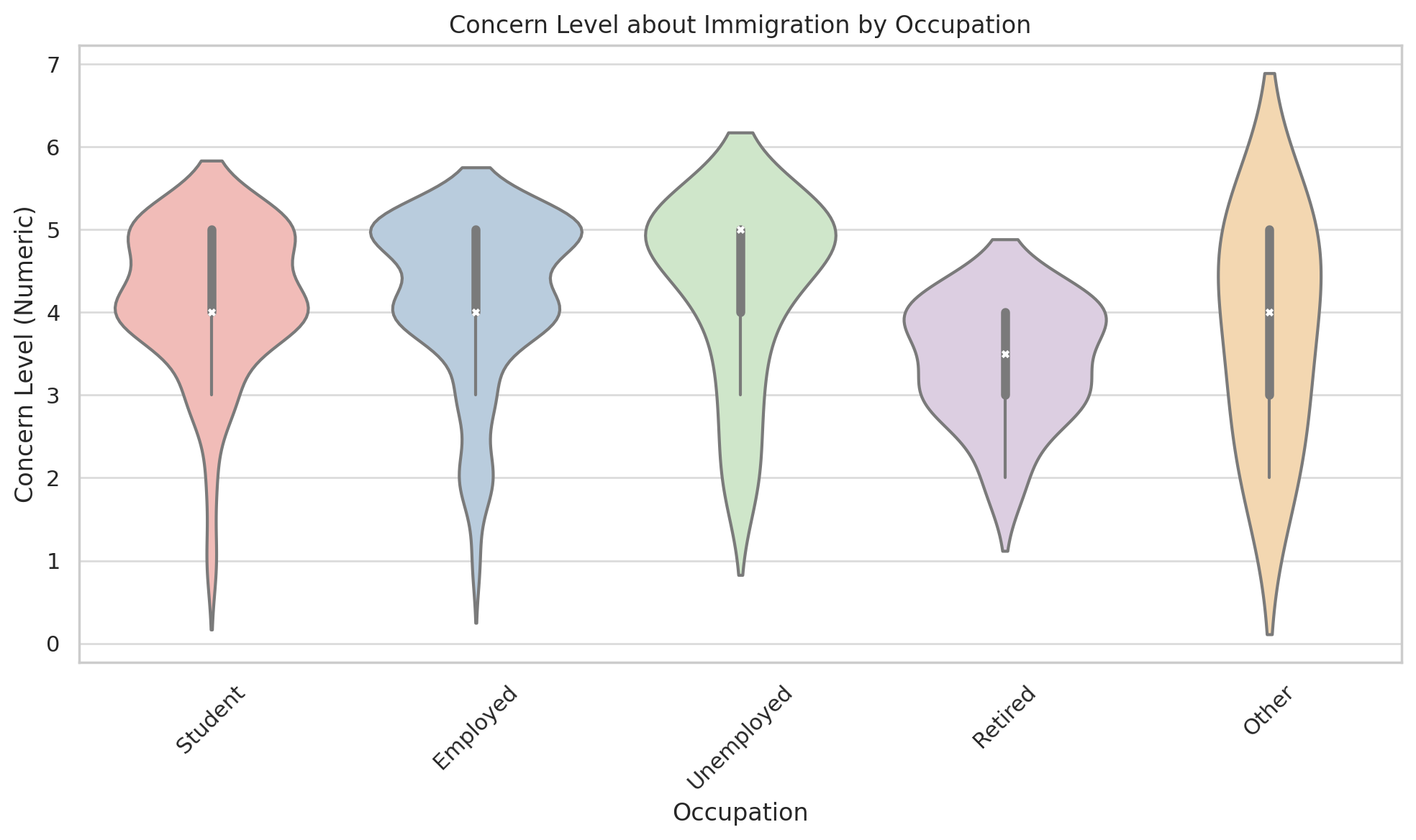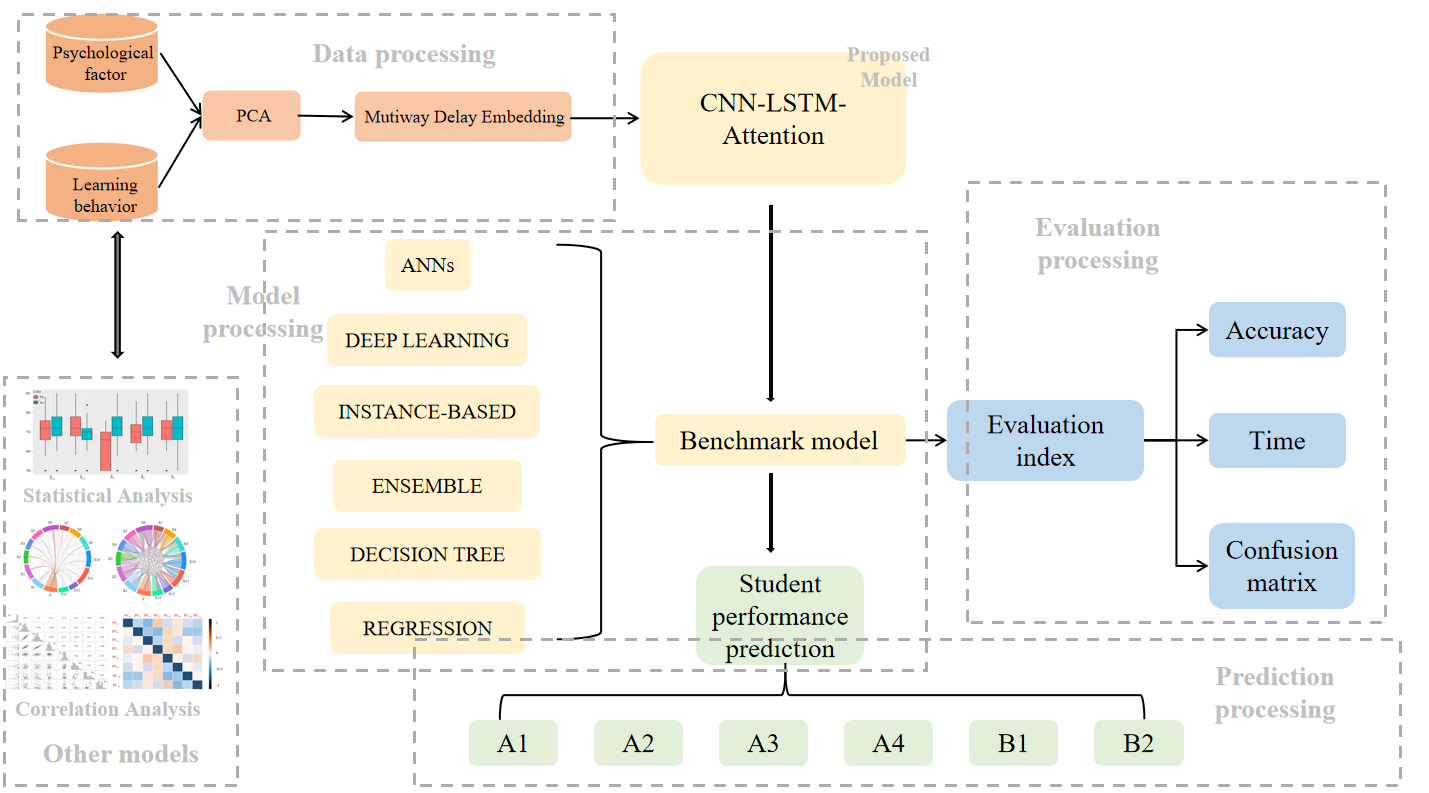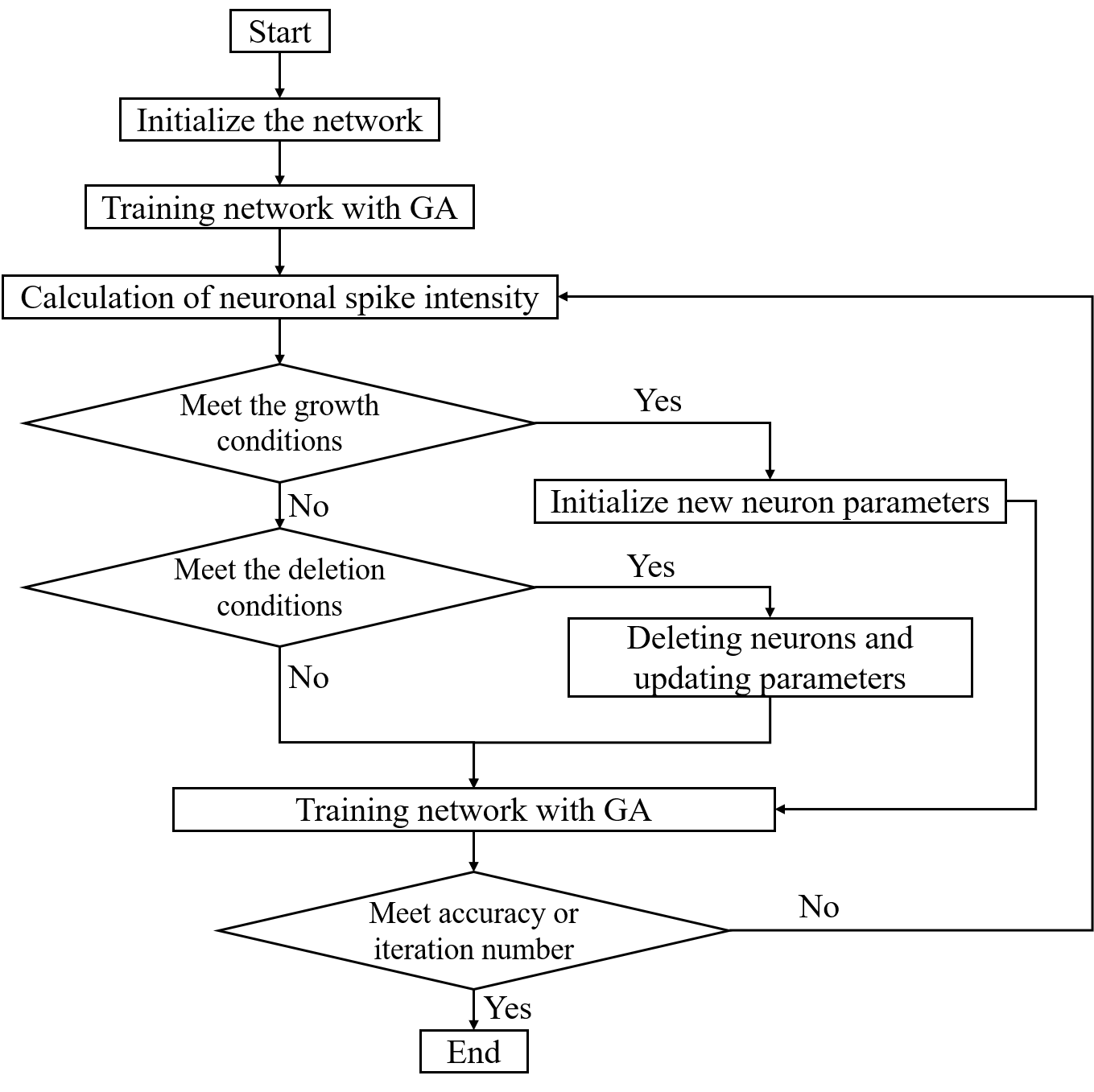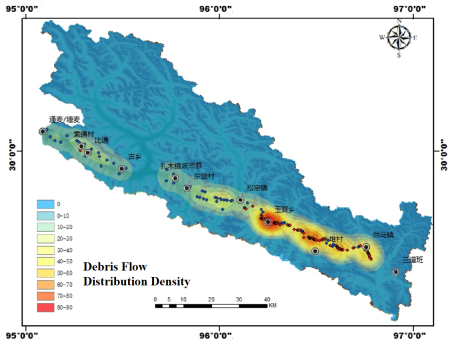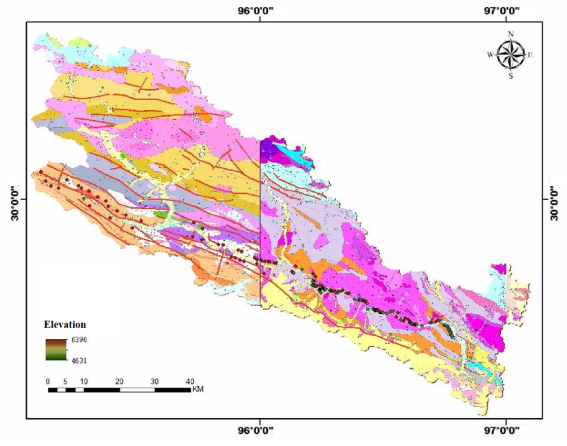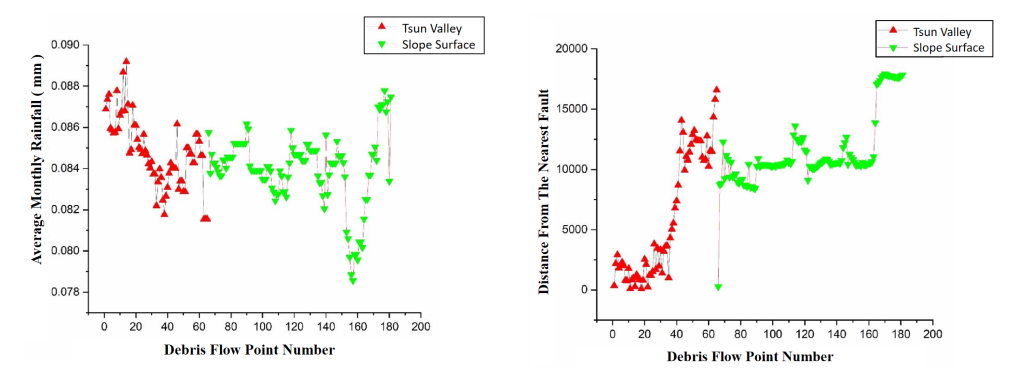 An open access journal
An open access journal
Prediction of debris flow disaster in Palongzangbu Basin based on GBDT model and ArcGIS
Abstract
The purpose of this study is to use the gradient boosting decision tree ( GBDT ) model to predict the debris flow disaster in the Palongzangbu Basin, and to combine ArcGIS for spatial visualization. We selected key features such as terrain slope, accumulation fan area, longitudinal slope, source area, precipitation, and distance to the fault to construct the GBDT model to quantify the impact of each feature on the occurrence of debris flow. The results show that slope ( 21.30 % ) and accumulation fan area ( 20.10 % ) are the main influencing factors of debris flow. Combined with ArcGIS mapping technology, we generated a debris flow risk distribution map, clearly identified high-risk areas in the basin, and provided a scientific basis for disaster prevention and mitigation. This study verifies the effectiveness of the GBDT model in debris flow disaster prediction, and shows the key role of geographic information system in disaster risk management, which provides an important reference for future disaster warning and prevention.
Show Figures
Share and Cite
Article Metrics
References
- Luo Wen. Current Situation and Prevention Research of Debris Flow Disasters in China [J]. China New Technology, 2018(21):121-123.
- Ruan Zhengfeng, Huo Jianyu, Li Sitang, et al. Hazard Assessment of Debris Flow in the Ganggou Basin under the Background of the "8.3" Ludian Earthquake [J]. Geological Hazards and Environmental Protection, 2023, 34(03):15-22.
- Zhang Gen. The Control of Tectonics and Climate on the Distribution of Debris Flow in the Parlung Zangbo Basin [D]. Tibet University, 2023.
- Hou Weipeng, Yu Guoan, Yue Pengsheng. Development Process and Characteristics of Typical Mountain Canyon Debris Flow Fans—A Case Study of Tianmogou in the Parlung Zangbo Basin, Southeastern Tibet [J]. Journal of Mountain Science, 2023, 41(04):532-544. DOI:10.16089/j.cnki.1008-2786.000768.
- Chen Ningsheng, Wang Zheng, Tian Shufeng, et al. Characteristics of Debris Flows Initiated by Glacial Till [J]. Quaternary Research, 2019, 39(05):1235-1245.
- Gao Bo, Wang Junchao, Zhang Jiajia, et al. Development Characteristics of Typical Glacial-Till and Landslide-Derived Debris Flows in the Parlung Zangbo Basin (Bomi-Suodong) [J]. Science & Technology and Engineering, 2018, 18(19):176-182.
- Yang Zongji, Fu Xiaolong, You Yong. Prediction Method of Rainfall-Meltwater-Type Debris Flow Discharge under Climate Change Conditions [J]. Yangtze River, 2021, 52(12):34-39. DOI:10.16232/j.cnki.1001-4179.2021.12.006.
- Liu Fuzhen, Cui Chao, Wang Junchao, et al. Debris Flow Hazard Assessment Based on CF and LR Models [J]. Journal of Safety and Environment, 2021, 21(04):1693-1703. DOI:10.13637/j.issn.1009-6094.2020.0122.
- Yang Yanna. Construction of a Debris Flow Disaster Information System in the Parlung Zangbo Basin [D]. Southwest Jiaotong University, 2016. DOI:10.27414/d.cnki.gxnju.2016.000040.

